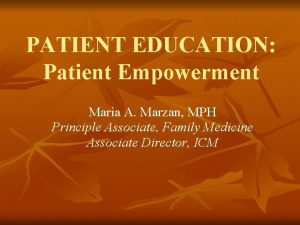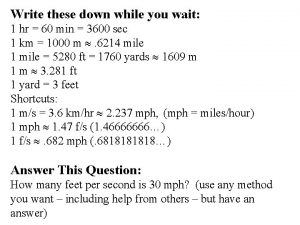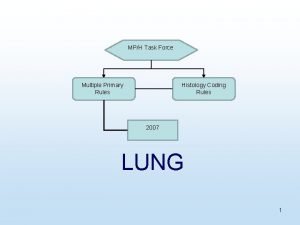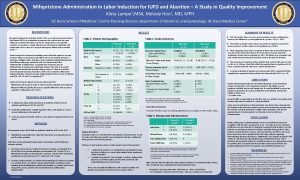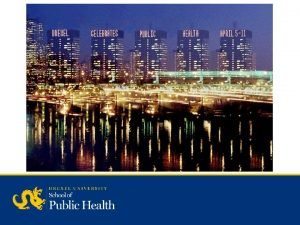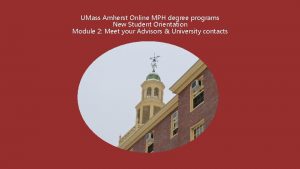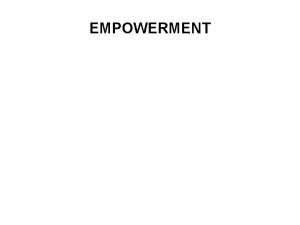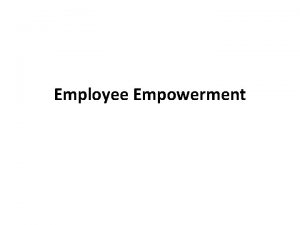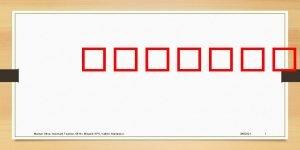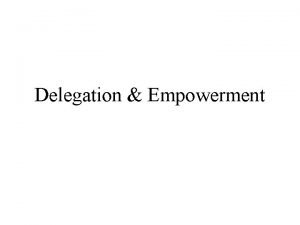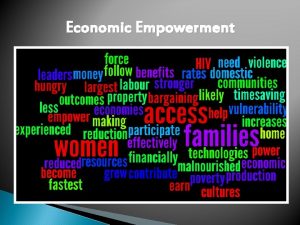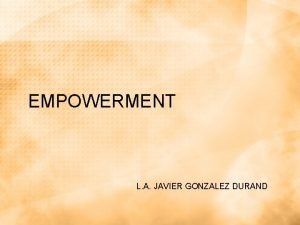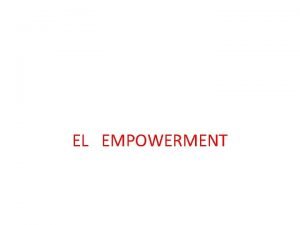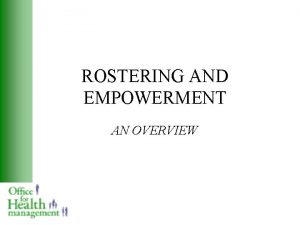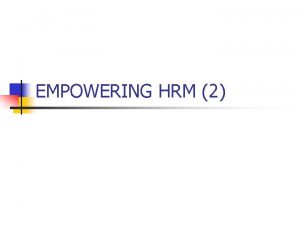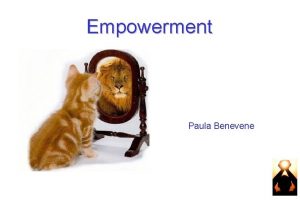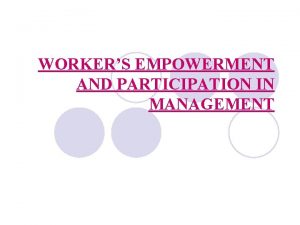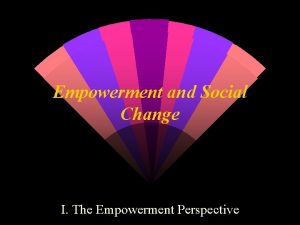PATIENT EDUCATION Patient Empowerment Maria A Marzan MPH



















- Slides: 19

PATIENT EDUCATION: Patient Empowerment Maria A. Marzan, MPH Principle Associate, Family Medicine Associate Director, ICM

HEALTHY PEOPLE 2010 Leading Health Indicators, focusing on key health improvement activities, are described in Healthy People 2010: Understanding and Improving Health. All of these indicators will rely to some extent on effective HEALTH COMMUNICATION n www. healthypeople. gov

Relevance n n n Patient-provider communication Health literacy Patient education

HEALTH COMMUNICATION Communication can contribute to all aspects of disease prevention and health promotion as well as adherence to medical treatments. n Provider-patient relations n Search for and use of health information n Adherence to clinical recommendations and regimens n Public Health messages & campaigns n Population at risk information – “risk communication” n Mass media and the culture at large n Access to public health and health care systems n Development of telehealth applications

Patient-Provider Communication n Studies indicate patients find communication with providers: n n Difficult Does not provide enough information Is not clear Do not provide practical regimens

Pt. -Provider Comm. (cont. ) n Effective communication is essential for prevention and educational efforts at the clinical level…… n n Culturally and linguistically appropriate Delivered at patient’s health literacy level Negotiate understanding of treatment options Increases adherence

HEALTH LITERACY n n National Adult Literacy Survey indicate 90 million adults have inadequate literacy skills Print materials used are usually at 10 th grade level Culturally and linguistically limited resources Disparities within certain target groups

HEALTH EDUCATION Goals & Objectives Most health education/promotion programs seek to: 1. Improve the learners’ knowledge and/or skills in a way that will 2. Improve their health behavior and 3. Improve their health status (outcomes)

LEARNING OBJECTIVES Learning objectives describe the knowledge, attitude, or skill development changes the program/education will seek to put into effect as means of encouraging favorable changes in behavior. Example: The client can describe 3 actions that can alleviate a strong desire to smoke a cigarette

Keep in mind: Human Behavior is Complex Participants/clients/patients base their opinion on their perception 1. How relevant the program or health education seemed to be in terms of their needs 2. How interesting it was in terms of subject matter and learning activities Tips: Assess the learner perceptions early Adapt/adjust activities if needed

Why is it important to educate patients about health? n n Promotes healthy living Prevents or minimizes disease Increases adherence to treatment Impacts health outcomes

What’s the process of patient education? Teaching n Negotiation n Motivation n

What are the challenges? n n n n Lack of readiness for change Circumstances Literacy level Language barriers Socio-economic level Cultural and spiritual beliefs 50% retention of information

Patient Education TIPS n n n n Discuss; DON’T LECTURE! Consider circumstantial & socio-economic factors Respect cultural/spiritual beliefs and attitudes Ask the patient what they understand about the health issue Assess the patient’s readiness for change Keep it simple Reinforcement, reinforcement Relapse is part of changing behavior

What are the opportunities? n n n Group health education One on one health education Patient-provider encounter – The clinical examination

What are some tools? n n n Literature – pamphlets, leaflets Videotapes Models Flip charts Teaching boards Focused discussion

The 4 A’s for Individual Education Ask n Advise n Assist n Arrange n

Conclusion n n Future research needs to address identification of optimal methods for communicating with patients who have low literacy skills Fam Med 2002; 34(5): 383 -9

“I never teach my pupils. I only attempt to provide the conditions in which they can learn. ” Albert Einstein
 Jocelyn marzan
Jocelyn marzan Jocelyn marzan
Jocelyn marzan Jocelyn wyburd
Jocelyn wyburd Maria felicia de jesús sacramentado maría teresa arminda
Maria felicia de jesús sacramentado maría teresa arminda Wait 1 h
Wait 1 h How fast is light speed
How fast is light speed Mph rules
Mph rules Monash school of public health
Monash school of public health 186 000 miles/sec in mph
186 000 miles/sec in mph 451 kts to mph
451 kts to mph Stfm annual spring conference
Stfm annual spring conference Melody hou md mph
Melody hou md mph James fraser md mph
James fraser md mph Drexel executive mph
Drexel executive mph 51g in mph
51g in mph Umass online mph
Umass online mph F/s to mph
F/s to mph Thank you for listening
Thank you for listening Beverly loudin md mph
Beverly loudin md mph 65mph to ft/s
65mph to ft/s

